Filling the fresh water tank of your travel trailer is essential for a comfortable and enjoyable camping experience. Understanding how to fill your tank properly can prevent considerable hassle down the road and ensure you have a sufficient supply of water while on your adventures. In this guide, we will break down the process, offer helpful tips, and highlight common issues you might encounter when filling your water tank.
1. Understanding Your Fresh Water System
1.1 Components of the Fresh Water System
- Fresh Water Tank: This is the storage tank that holds potable water.
- Water Pump: This component pressurizes the water system, delivering water to your taps, shower, and toilet.
- Water Lines: These are the pipes that transport water to and from the tank.
- Fill Port: This is the entry point for filling your tank, often located outside the trailer.
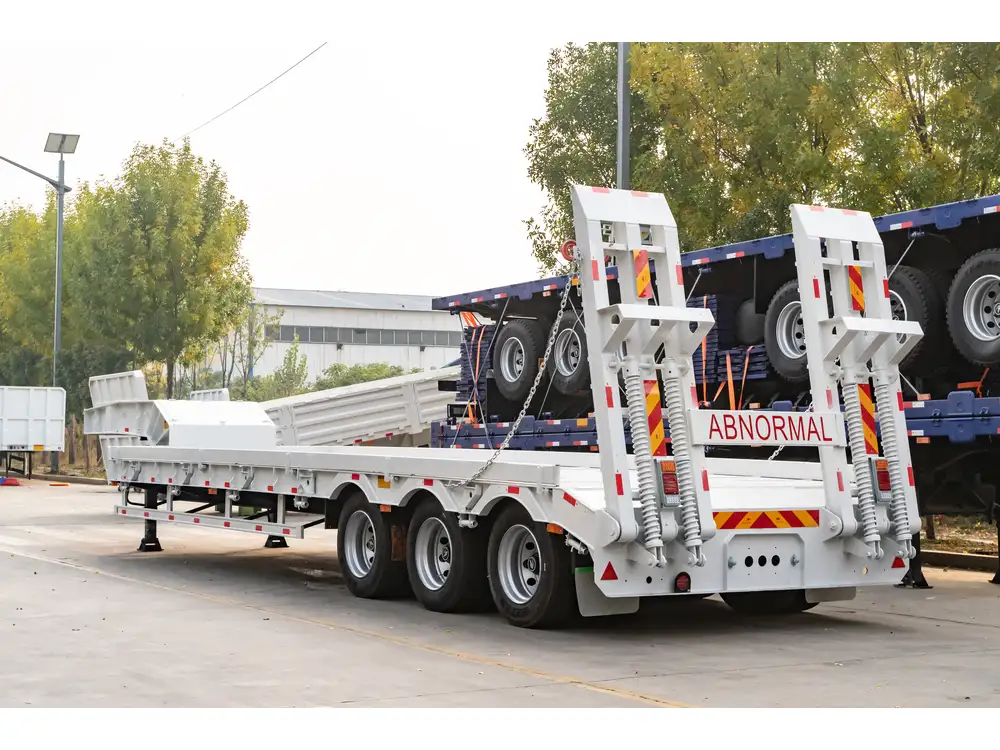
1.2 Capacity Awareness
Before you begin, it’s crucial to know the capacity of your fresh water tank, typically ranging from 30 to 100 gallons, depending on the model of your travel trailer. Knowing the tank size helps prevent overfilling and spills, ensuring that you maximize storage efficiency.
2. Preparing to Fill Your Fresh Water Tank
2.1 Gather Necessary Equipment
To efficiently fill the fresh water tank, you’ll need:
- A garden hose or water hose (preferably designated for drinking water)
- Water filter (optional but recommended for purifying water)
- Funnel (if your fill port has a small opening)
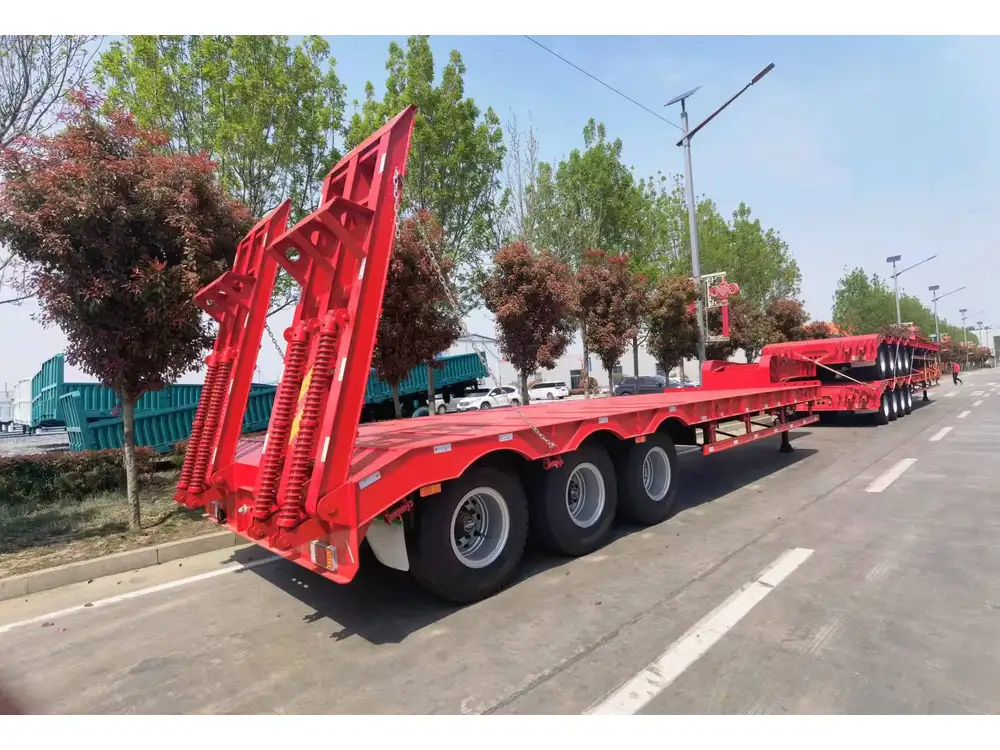
2.2 Choose the Right Location
Select a water source that is safe and clean. Public water stations, campgrounds, or designated fill stations are the best options. Ensure that the hose you use is marked as safe for drinking water to avoid contamination.
3. Step-by-Step Process to Fill the Fresh Water Tank
3.1 Locate the Fill Port
Find the fill port on your travel trailer. This is typically a circular cap or door, often labeled “Fresh Water Fill.” It might be located near the entry or on the side of the trailer.
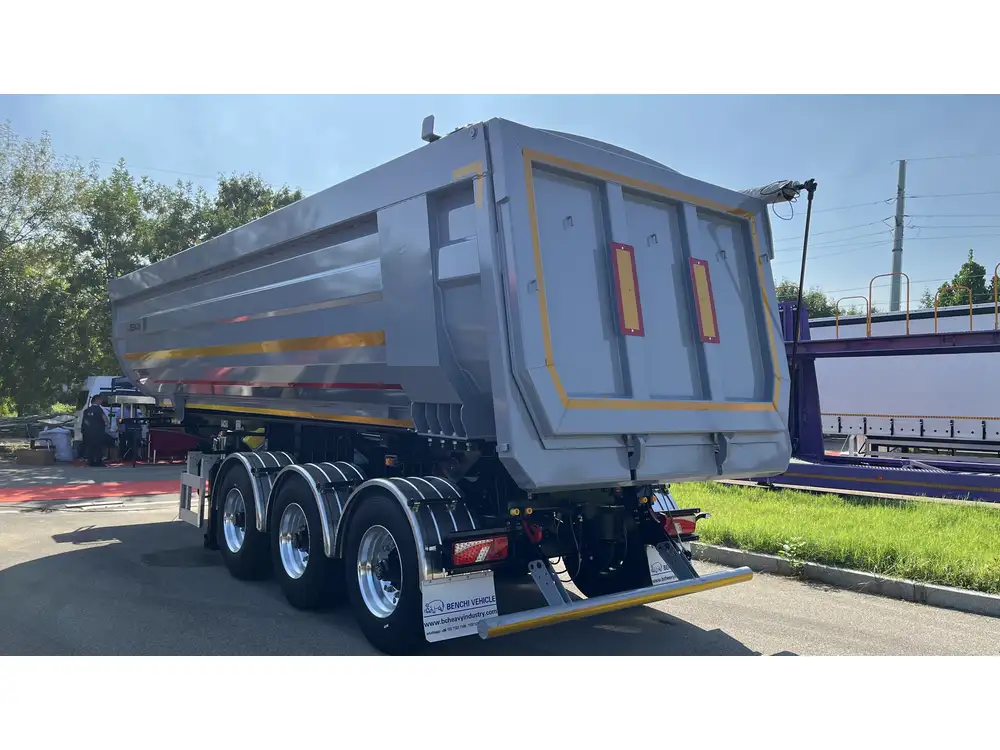
3.2 Connect Your Hose
- Inspect the Hose: Ensure the hose is clean and free of any debris.
- Attach the Hose: Securely attach one end of the hose to your water source and the other end to the fill port. Use a funnel if necessary, especially if the opening is small.
3.3 Fill the Tank
- Open the Valve: If your hose has a shutoff valve, open it to enable water flow.
- Monitor Filling: Keep an eye on the filling process. Most tanks have a vent that allows air to escape, which helps you gauge when the tank is nearing capacity.
Tips for Effective Filling:
- Listen for Changes: A change in water sound, like gurgling, often signals that the tank is close to being full.
- Avoid Overfilling: Stop filling when water starts to escape from the vent. This could create an unpleasant mess or damage your trailer.
- Check for Leaks: After filling, inspect the area around the fill port for leaks or drips.

3.4 Finish and Store Equipment
Once your tank is filled:
- Disconnect the hose carefully, ensuring no water spills out.
- Store your hose and other equipment properly to avoid contamination.
4. Maintenance Tips for Your Fresh Water Tank
Regular maintenance of your fresh water tank not only prolongs the life of the tank but also ensures the quality of the water you consume.
4.1 Cleaning the Tank
Periodically clean your fresh water tank to prevent algae buildup or sediment accumulation.

Cleaning Steps:
- Drain the Tank: Empty the water from the tank using the designated drain valve.
- Rinse: Rinse the tank with fresh water.
- Sanitize: Prepare a solution with water and unscented bleach (1/4 cup bleach per 15 gallons of water) and fill the tank. Let it sit for a few hours and then drain and rinse thoroughly.
4.2 Use Water Conditioners
Consider using water conditioners or treatments to help prevent bacteria and algae growth in the tank. This is particularly beneficial if the water sits for extended periods.
5. Troubleshooting Common Issues
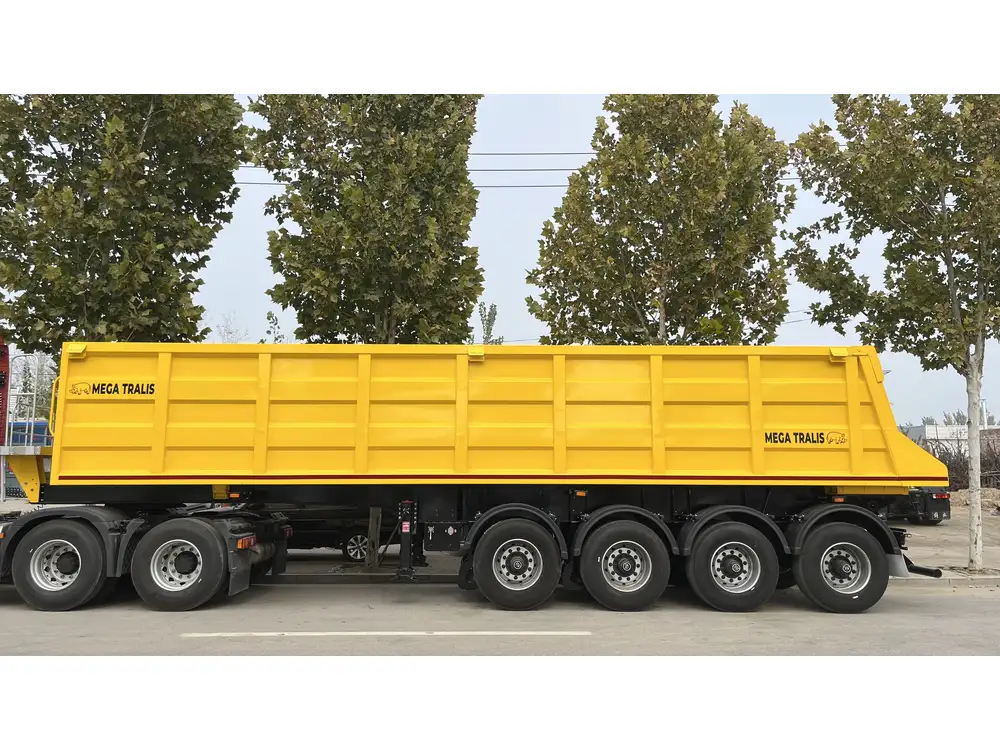
5.1 Clogged Fill Port
Over time, dirt and debris can clog the fill port. Clean it out carefully with a soft brush to ensure water can flow freely.
5.2 Water Leaks
If you experience water leaks:
- Inspect Connections: Make sure all connections and hoses are securely attached.
- Check Tanks and Pipes: Look for visible signs of wear, cracks, or corrosion.
5.3 Low Water Pressure
If your water pressure is lower than expected:
- Examine Water Pump: Your water pump might be malfunctioning or require priming.
- Check Filters: Ensure any filters are clean and free from obstructions.
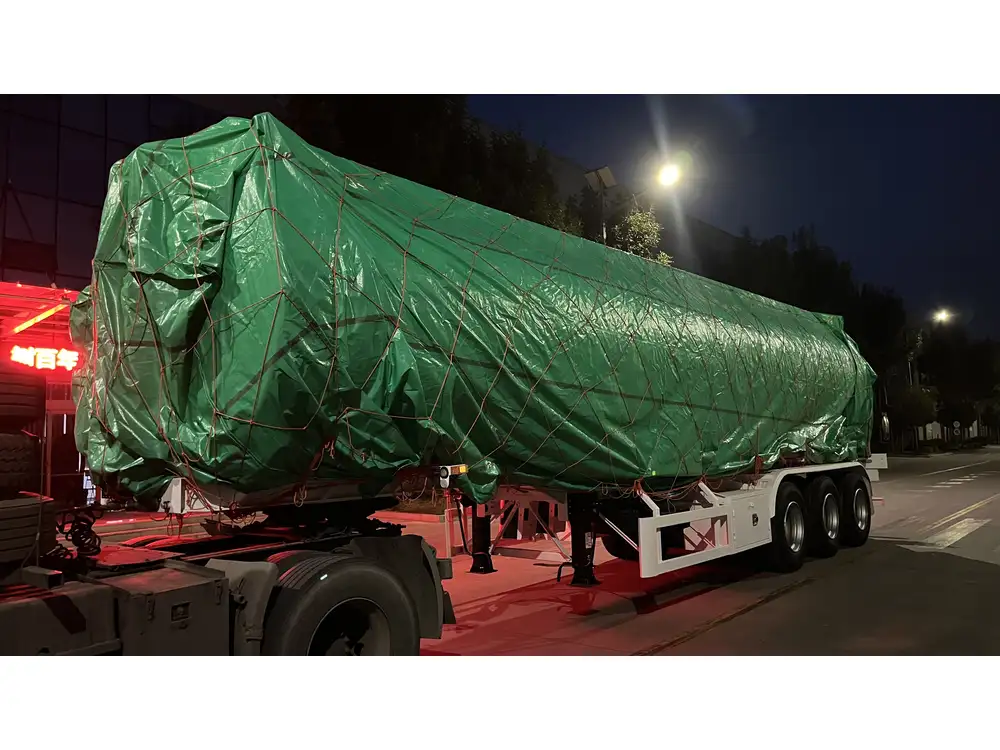
6. Frequently Asked Questions
6.1 How often should I fill my fresh water tank?
This depends on usage but generally, you should check the tank before each trip and fill it in accordance with your anticipated water needs.
6.2 Can I drink the water from my fresh water tank?
Yes, as long as you use potable water and properly maintain your tank. Regular cleaning and flushing are advisable to ensure quality.
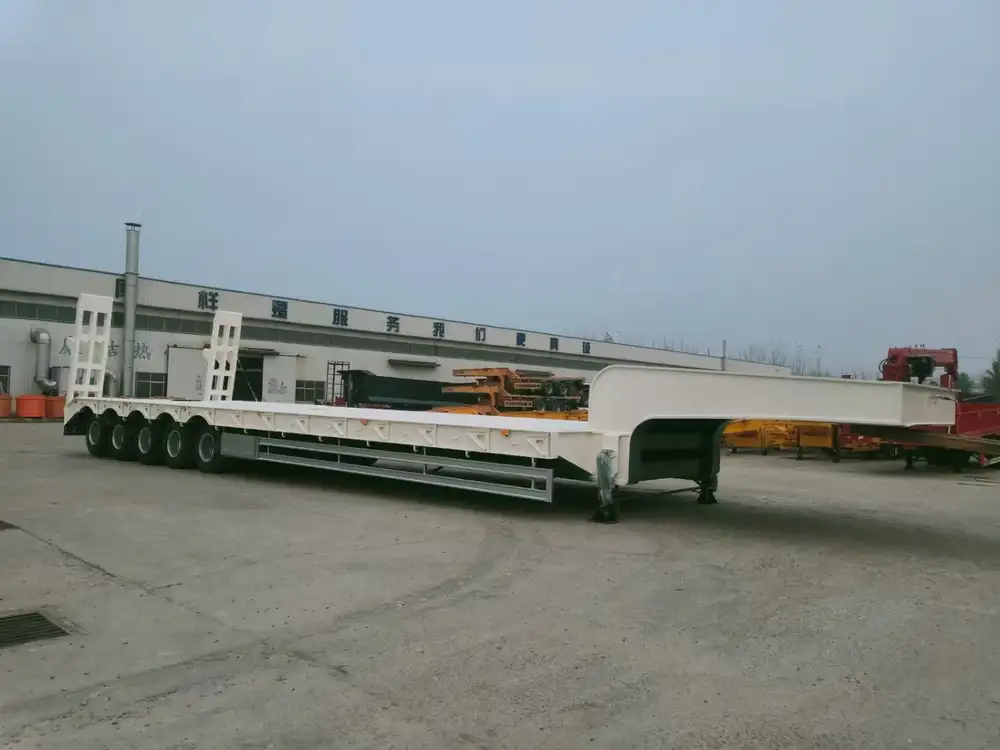
6.3 What should I do if I accidentally overfill the tank?
If water overflows, immediately stop the filling process. Clean the surrounding area to avoid attracting pests or causing slip hazards.
6.4 Is it necessary to use a water filter when filling the tank?
While it’s not strictly necessary, using a filter can significantly improve the quality of water, making it safer for consumption.
6.5 How can I prevent algae growth in my fresh water tank?
Regular cleaning, using water conditioners, and ensuring the tank is as full as possible when not in use can help prevent algae growth.

7. Conclusion
Properly filling and maintaining the fresh water tank of your travel trailer is pivotal for an enjoyable and worry-free camping experience. By following the steps outlined in this comprehensive guide, we can ensure that you have access to clean drinking water while exploring the great outdoors. Remember, preparation and maintenance are key to a successful journey, so take time to familiarize yourself with your trailer’s water system, and don’t hesitate to reach out for professional assistance if you encounter unexpected issues. Happy travels!



